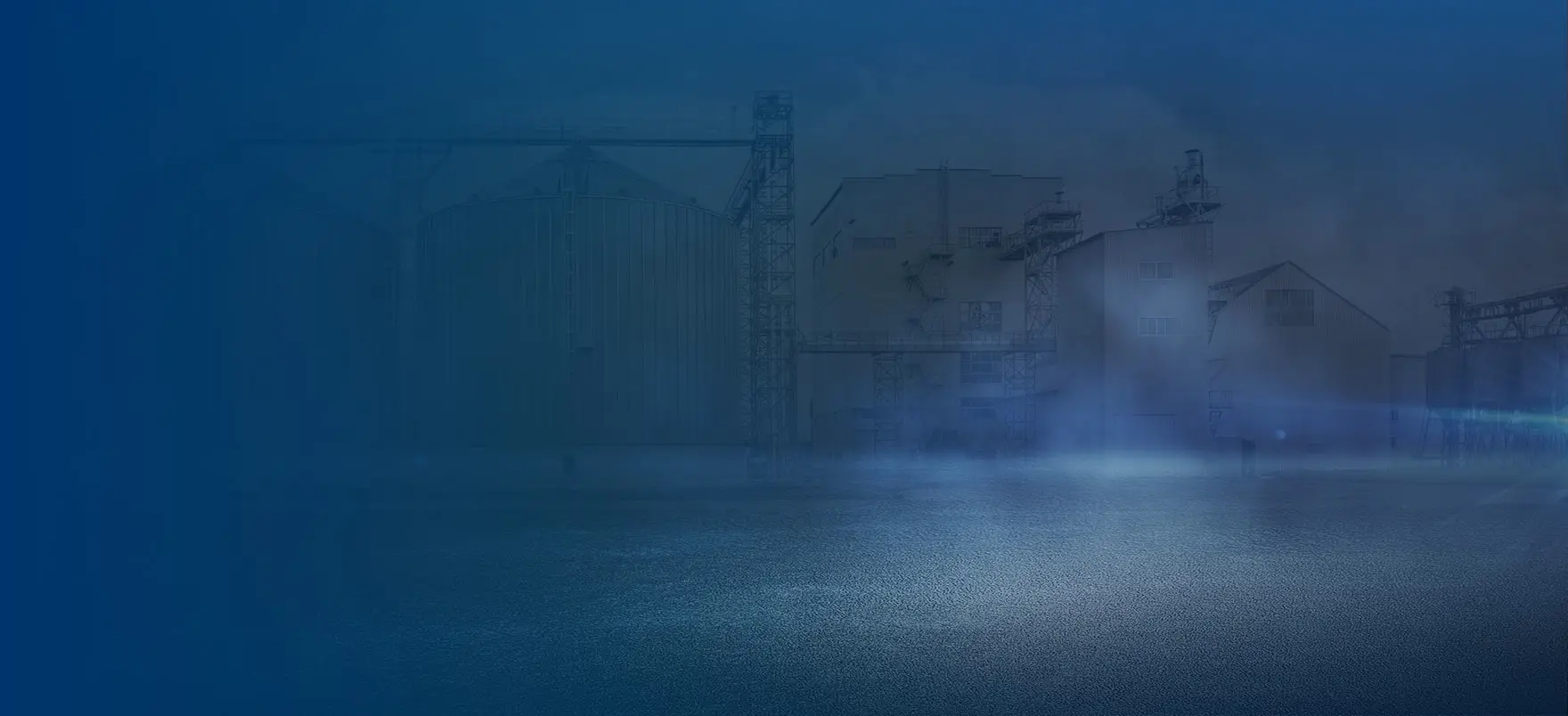
Optimized feed inlets, well-planned conditioners, efficient pelletizing chambers and stable Siemens motors, together with the RICHI Machinery's high-specification body just built, are enough to make it the heart of shrimp feed pellet production.
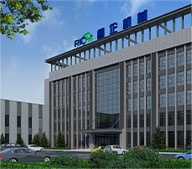
Brand
RICHI
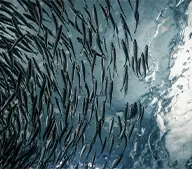
Application
Shrimp
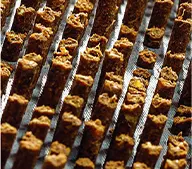
Finished
Pellets
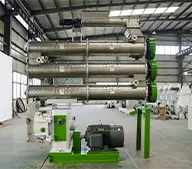
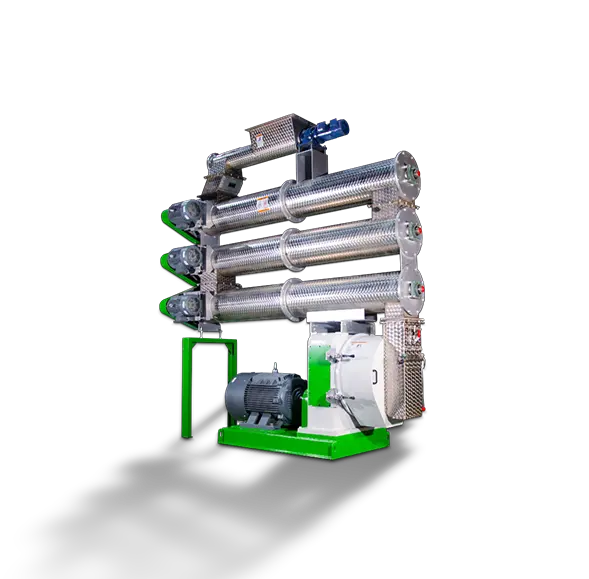
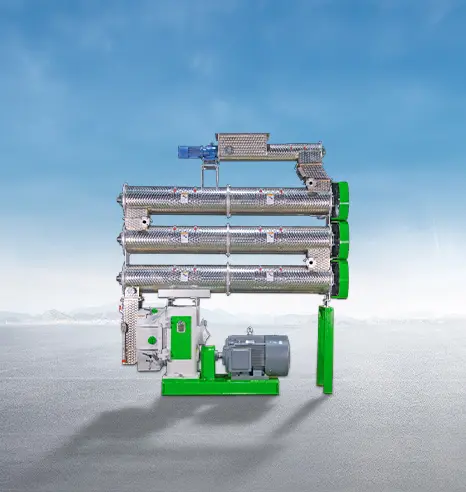
| Model | SZLH250 | SZLH320 | SZLH350 | SZLH420 | SZLH508 | SZLH558 | SZLH678 | SZLH768 |
|---|---|---|---|---|---|---|---|---|
| Main Motor Power(Kw) | 22 | 37 | 55 | 110 | 160 | 185 | 250 | 315 |
| Feeder Power(kw) | 1.1 | 1.5 | 1.5 | 1.5 | 1.5 | 1.5 | 1.5 | 2.2 |
| Conditioner Power(kw) | 1.5 | 4 | 4 | 7.5 | 7.5 | 11 | 11 | 11 |
| Ring Die Inner Diameter (mm) | 250 | 320 | 350 | 420 | 508 | 558 | 673 | 762 |
| Finished Pellets Diameter (mm) | 2~12 | 2~12 | 2~12 | 2~12 | 2~12 | 2~12 | 2~12 | 2~12 |
| Production Output (TPH) | 1.0-1.5 | 3-4 | 5-6 | 10-12 | 15-16 | 20-22 | 30-33 | 38-40 |
Technological innovation is essentially all about customer service. To make you feel the convenience of RICHI's products, technologies and solutions in the process of shrimp feed pellet production.
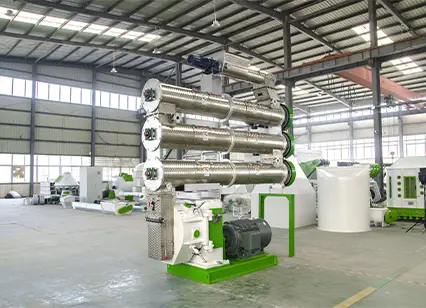
Feeding and conditioning systems
The optimized conditioning system with inverter feeding system improves the safety, nutritional value and maturation of the raw material to a great extent. This improves the overall quality of the feed from the source and ensures healthy feeding.
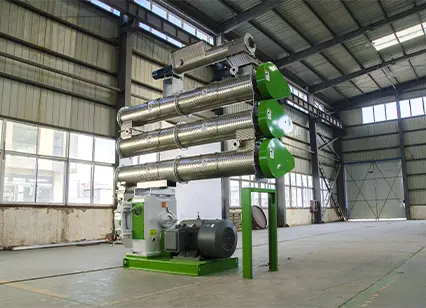
Drive system
High-end Siemens industrial grade drive motor drives the drive shaft of shrimp feed pellet making machine, which is more stable and durable than traditional belt drive. In the long run, this not only improves efficiency but also saves maintenance costs.
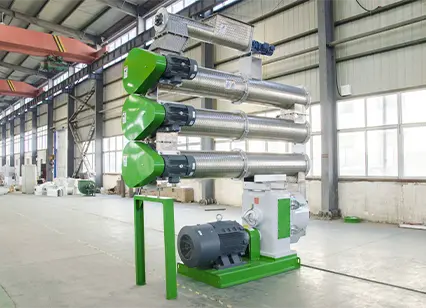
Structure and material
The body of the pellet machine is made of high quality and high specification alloy steel, which is sturdy and durable, reduces resonance and runs stably. The parts that come into contact with the raw material are made of high grade stainless steel, which does not affect the raw material in any way and greatly improves corrosion resistance.
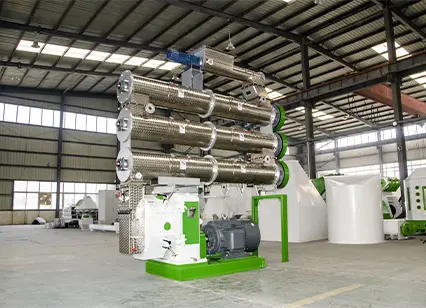
Control and Safety
Each shrimp feed pellet machine is equipped with an independent electric control system and safety stop function. It can not only avoid losses caused by perceived errors, but also effectively protect the pellet machine and subsequent production equipment.
Discover our streamlined buying process that makes it simple and efficient for you to get a complete shrimp feed pellet production plant. Every step of the way is customized for your convenience, from the initial schematic design and precise manufacturing process to secure payment options and on-site installation and commissioning. At the same time, our dedicated spare parts service ensures ongoing support and optimal machine performance, giving you peace of mind for years to come.

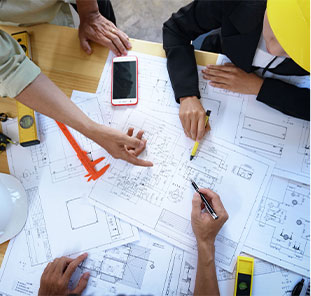
Solution Formulation
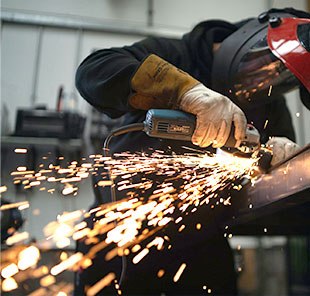
Equipment Manufacture

Secure Payment
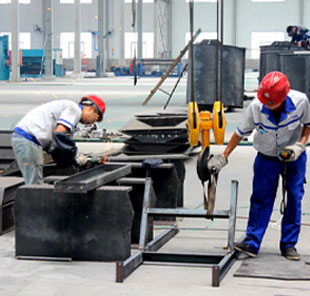
Spare Parts Service
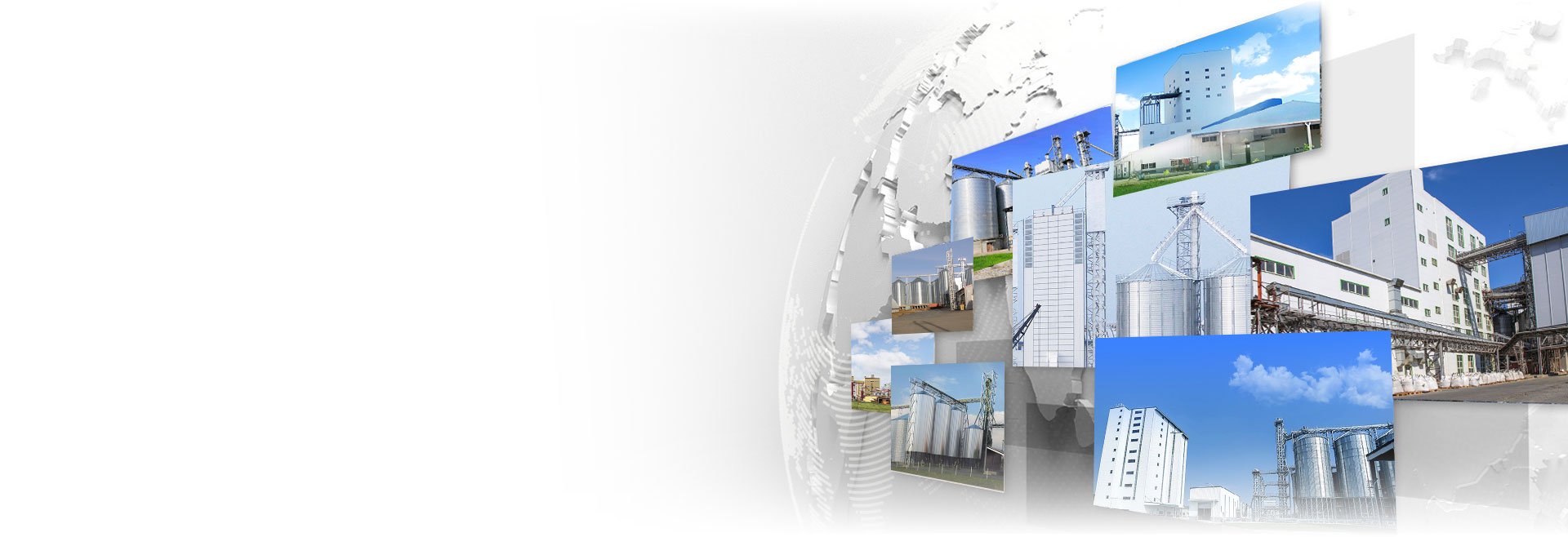
HENAN RICHI MACHINERY CO.,LTD
Henan Richi Machinery Co., Ltd was founded in 1995. After nearly thirty years of development and expansion, RICHI Machinery has grown into a modern enterprise covering an area of 60,000 square meters and integrating independent research and development, production and sales.
The products involve feed pellet machinery and engineering, biomass pellet machinery and engineering, organic fertilizer machinery and engineering, conveying equipment and engineering, steel structure engineering, silo, automation control technology and engineering, etc., and each product series has passed ISO 9001 international quality management system certification and CE certification!
Get Quote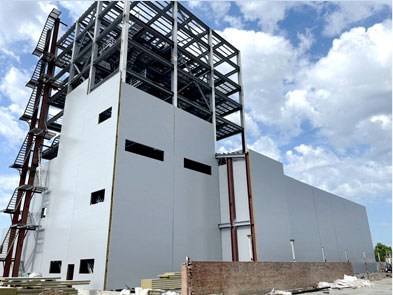

This state-of-the-art equipment supports a wide range of feed formulations for poultry and livestock, improving feed quality and reducing production costs. And its scalable design accommodates future expansion.
Learn More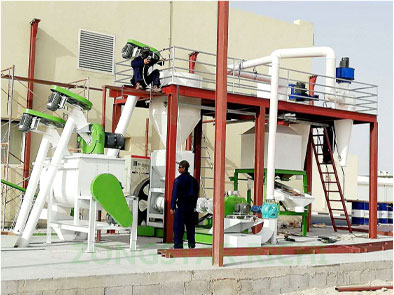

The system is fully automated, enabling seamless operation with minimal labor and supporting sustainable agricultural practices through the use of alfalfa and other forages.
Learn More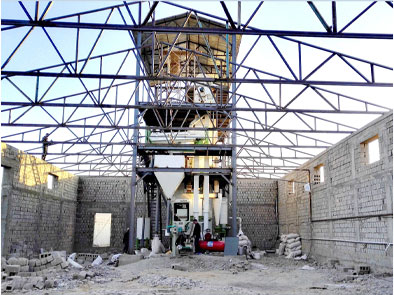

Hardwood residues are processed into durable, high-energy biomass pellets. Designed for industrial production, the system utilizes advanced drying and pelletizing technologies to ensure efficiency and quality.
Learn More

This project is capable of producing fish and shrimp feeds, equipped with precise extrusion technology for superior feed quality. The customer emphasizes its reliability and ease of operation as the main advantages.
Learn More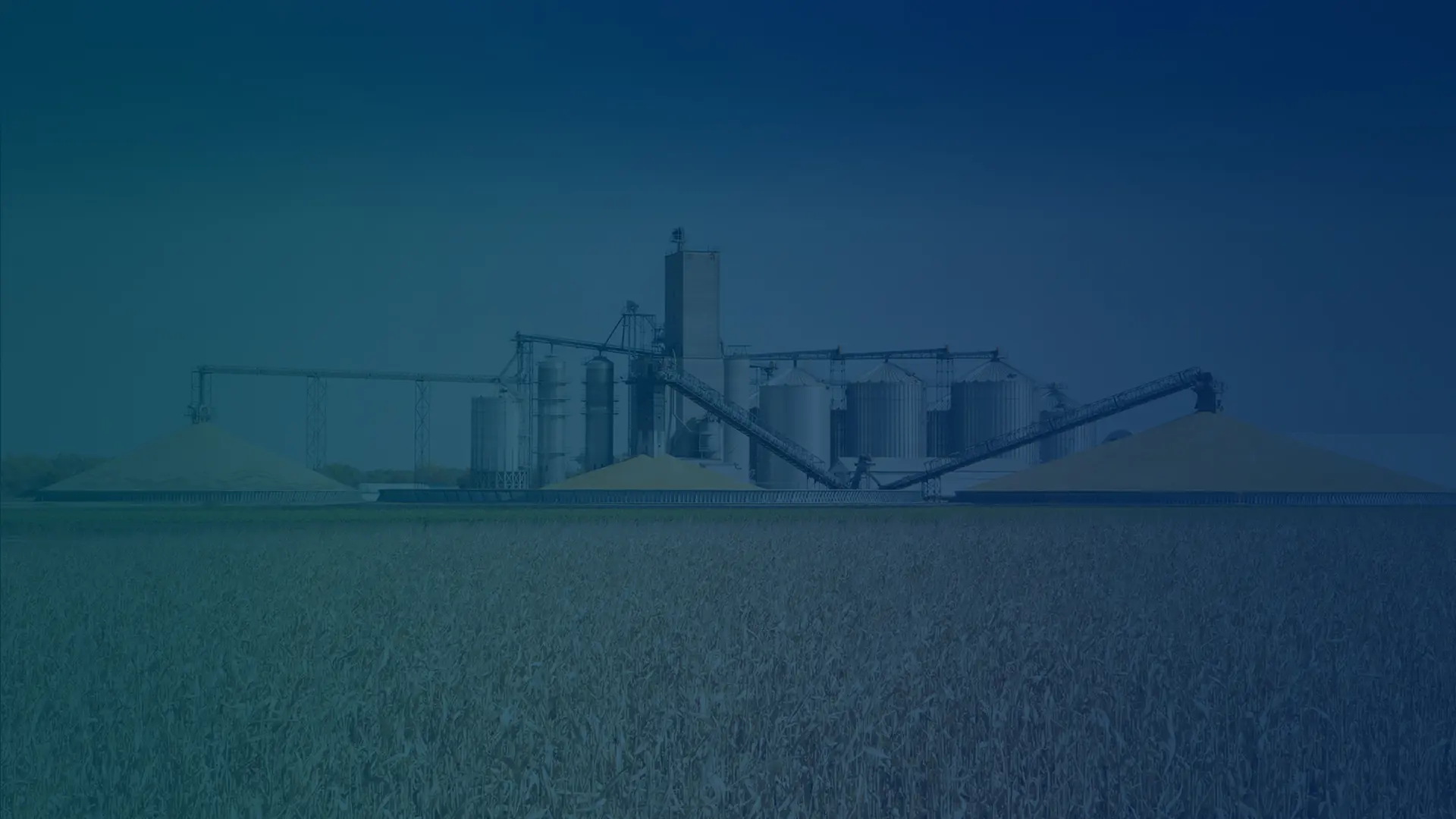
What kind of shrimp feed pellet plant do you want to establish?
How many tons per hour about this plant you want to build?
Where is this shrimp feed pellet mill plant going to be built?
When do you plan to start this project?
Several key factors affect the quality of shrimp feed pellets, ensuring they meet nutritional needs and perform well in aquatic environments:
By carefully managing these factors, producers can ensure high-quality shrimp feed pellets that promote optimal health and growth for shrimp.
Yes, a shrimp feed pellet machine can handle high-moisture ingredients, but moisture levels need to be carefully controlled to prevent clogging and ensure proper pellet formation. Typically, the moisture content is adjusted within an optimal range (often between 10-20%) to produce durable, water-stable pellets without compromising the machine's performance.
Shrimp feed pellet machines are designed to be relatively energy-efficient, utilizing optimized motors, variable speed controls, and efficient heating elements to reduce power consumption. Advanced models may incorporate energy-saving features like adjustable compression ratios and improved insulation to minimize heat loss, which helps reduce operational costs. The specific energy efficiency depends on the machine’s capacity and technology, with smaller units typically requiring around 5-10 kW and larger industrial models requiring 50 kW or more, but these units often operate at lower energy per kilogram of output, making them cost-effective for high-volume production.
The shrimp feed pellet machine ensures pellet stability in water by compressing the feed ingredients under high pressure and temperature, which compacts the particles and enhances binding. This process not only densifies the pellets, making them less prone to disintegration but also reduces air pockets, resulting in a pellet that dissolves slowly and retains its nutrients for a longer time when submerged, providing shrimp with a stable, nutritious food source.
Yes, shrimp feed pellet machines allow you to mix medications, vitamins, and other supplements with the feed ingredients, making it possible to provide health benefits and targeted nutrition directly through the shrimp’s diet. This method ensures even distribution of supplements within each pellet, improving the effectiveness and ease of administration.
For shrimp feed pellets, it's best to choose a ring die with small holes, typically ranging from 1.0 to 2.0 mm in diameter. This small hole size produces compact, fine pellets suited to the feeding habits and mouth size of shrimp. Additionally, select a die made from high-quality alloy steel or stainless steel for durability and corrosion resistance, as these materials can withstand high pressure and the abrasive nature of the ingredients, ensuring a longer lifespan and consistent pellet quality.
Properly produced shrimp feed pellets can last between 3 to 6 months when stored in a cool, dry, and well-ventilated environment. However, factors like storage temperature, humidity, and packaging type can affect shelf life, so it’s essential to keep pellets in airtight bags or containers to prevent moisture and nutrient loss.
Yes, cooling the pellets after production is essential. The cooling process reduces the heat and moisture generated during pelletizing, which prevents spoilage, reduces the risk of mold growth, and ensures pellets maintain their structure and nutritional quality during storage. Properly cooled pellets are more durable, easier to handle, and have a longer shelf life.
The differences between floating and sinking shrimp pellets lie primarily in their density, water stability, and feeding behavior suitability:
The labor required to operate a shrimp feed pellet machine depends on the level of automation and production capacity of the machine. For smaller, semi-automated models, one or two operators may be needed to oversee ingredient loading, monitor the pellet quality, and make adjustments as necessary. Fully automated, high-capacity machines typically require minimal manual intervention, with one operator mainly responsible for quality control, system monitoring, and maintenance. Overall, modern machines are designed to streamline production, minimizing labor while ensuring consistent output quality.
If you need further information, please contact us

Note: Pellet production is a continuous and complex process, requiring many equipment to complete the production from raw materials to finished pellets. Therefore, it is suitable for commercial projects but not for personal use.

RICHI stick to the service principle is: We are focusing on your future, your future is our future!
© HENAN RICHI MACHINERY CO., LTD 1995-2025